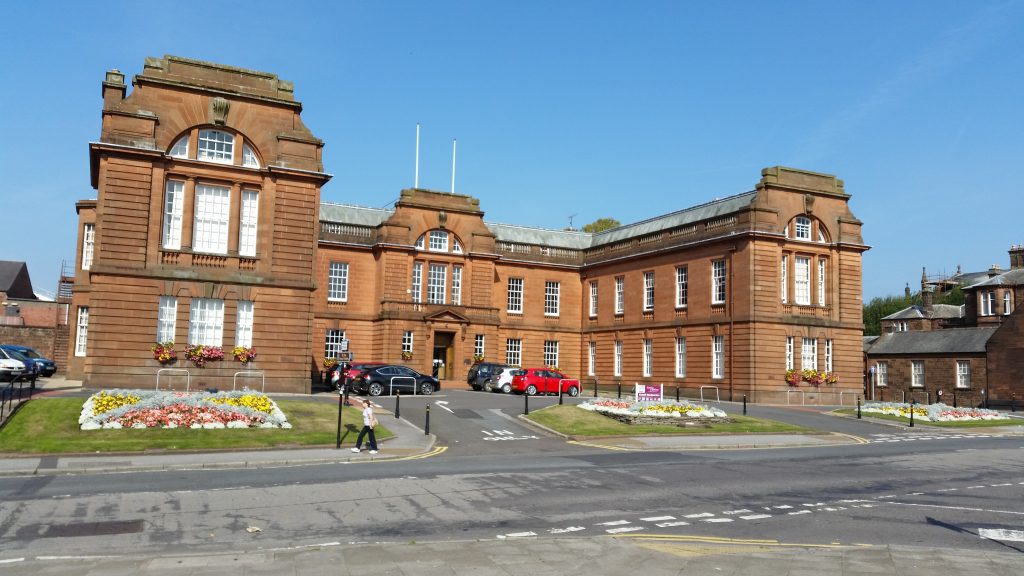At Policy and Resources committee next week (23 June), Dumfries and Galloway Councillors will be informed that our council has invested nearly £40m over the past financial year in capital projects across the region.
In March 2014, our Council agreed a Capital Investment Strategy covering the period 2014/15 to 2023/24. As part of the budget setting process in February, Councillors agreed to invest in a number of priority projects between now and 2017/18. During 2014/15 £6.2m was invested in these projects including next generation broadband, the new Dalbeattie Learning campus and the development of Dumfries Learning Town project.
In addition to the major priority projects £36.1m has been invested in a range of smaller projects including £6.3 m in school buildings and £12.8 m on improving the council’s infrastructure such as roads.
Overall capital spending on the agreed capital programme of priority projects in 2014/15 was £39.188 Million- 99.4% of the agreed funding.
In addition, to this Capital funding, Councillors also agreed to set aside £1m of revenue funding during 2014/15 for planned preventative maintenance work to prevent existing asset deteriorating in condition, saving money in the long term. All this funding was fully utilised and approximately 91% of the works was carried out by local contractors.
Chair of Policy and Resources Committee, Cllr Ronnie Nicholson, said “As part of the budget setting process, Councillors agreed to the priority projects that our Council would be providing capital funding to in 2014/15. This followed extensive consultation with the public on our investment proposals. These projects are all in line with our Council’s Priorities and invest in key projects that seek to improve our region. I am pleased that nearly the entire capital budget of almost £40m has been used to progress these projects over the past year, demonstrating our commitment to delivering what we said we would.
“This investment not only builds excellent new facilities for communities across the region but also helps create local jobs. For example, 91% of the work on our programme of planned preventative maintenance has been carried out by local contractors. Even where no local firm has been able to carry out the major projects such as the planned new school buildings, we have been working with contractors to maximise local job opportunities”.
Dumfries And Galloway Council Invests £40 Million In Capital Projects






